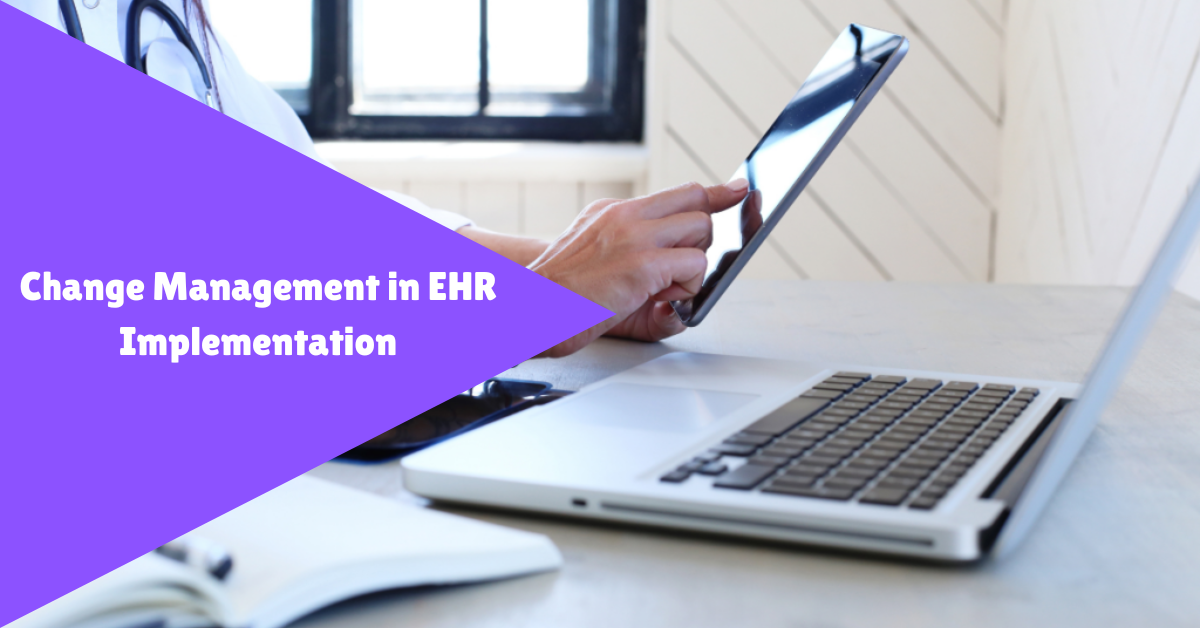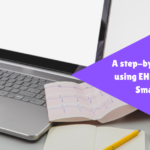The shift from paper-based medical records to Electronic Health Records (EHR) has revolutionized healthcare delivery across the world. But despite the obvious advantages, EHR adoption remains a major challenge for many healthcare institutions, especially when change is not managed well.
Change management in EHR implementation is not just a technical process—it’s a people-centered approach that focuses on smooth transitions, minimizing resistance, and preparing healthcare professionals to adopt new digital workflows.
In this guide, we’ll explore what change management means in the context of EHRs, why it’s crucial, strategies for effective implementation, challenges faced (especially in India), and real-world best practices.
Kiddoklinik is a clinic management software that helps pediatricians to digitally perform the operations from patient onboarding to editing information. Visit our site for more information!
What is Change Management in EHR Implementation?

Change management in EHR implementation refers to the structured approach used to transition individuals, teams, and healthcare organizations from traditional systems to digital EHR platforms with minimal disruption.
This includes:
- Preparing staff for the change
- Communicating benefits and impact
- Providing adequate training and support
- Aligning workflows with the new EHR system
- Continuously improving adoption through feedback
Why Change Management is Crucial in EHR Implementation?
Without proper change management, even the best EHR systems can fail. Here’s why it matters:
1. Minimizes Resistance
Many doctors and nurses may resist new systems out of habit or fear of technology. Change management helps reduce fear through training and communication.
2. Ensures Smooth Workflow Transition
Shifting from manual records to digital systems disrupts daily operations. A change management strategy ensures minimal service interruptions.
3. Boosts Staff Confidence
When staff are trained well, they become confident in using EHRs, improving adoption rates and reducing errors.
4. Supports Organizational Goals
Healthcare organizations want better patient outcomes, operational efficiency, and regulatory compliance. EHRs support these goals—but only if implemented successfully.
Common Challenges in EHR Change Management (India-Specific Insights)
Implementing EHRs in Indian hospitals and clinics comes with unique obstacles:
1. Technological Literacy
Many healthcare workers in smaller towns lack computer proficiency. Without hands-on training, they may resist using EHRs.
2. Language Barriers
India’s multilingual environment creates issues when EHR systems are only in English. Regional language support is often missing.
3. Infrastructure Limitations
In rural India, limited internet connectivity and power backup affect cloud-based EHR accessibility.
4. Cost Sensitivity
Private clinics and small hospitals hesitate to adopt EHRs due to budget constraints for software, hardware, and staff training.
5. Data Migration Issues
Transferring years of handwritten patient records to digital systems is time-consuming and prone to errors.
The 5 Pillars of Successful Change Management in EHR Implementation
1. Leadership Buy-In
Leadership must actively support the change. Without buy-in from hospital owners, department heads, and senior doctors, staff won’t take the transition seriously.
Action Step: Arrange leadership meetings to define EHR goals, timelines, and ROI expectations.
2. Stakeholder Communication
Regular, transparent communication with staff at every level is essential to build trust and keep them informed.
Tools: Posters, emails, staff meetings, Q&A sessions, WhatsApp groups.
3. User Training
Training programs tailored to user roles (doctors, nurses, receptionists, lab staff) are crucial.
Best Practice (India): Use bilingual or Hindi-based EHR training videos for Tier 2 and Tier 3 cities.
4. Workflow Redesign
Instead of forcing digital tools into old workflows, redesign the processes around the EHR platform.
Example: Instead of paper-based prescriptions, introduce digital templates with auto-filled medication lists.
5. Feedback Loops
Encourage real-time feedback to improve system usability. Regular updates based on user suggestions improve morale and adoption.
EHR Implementation Strategy with Change Management Focus
Here’s a 7-step process combining EHR rollout with change management:
Step 1: Define Vision and Scope
- Set clear goals (e.g., improve patient record accuracy, enable remote access)
- Identify key departments involved
Step 2: Conduct Readiness Assessment
- Evaluate staff digital literacy
- Assess hardware/infrastructure availability
Step 3: Engage Stakeholders
- Involve doctors, nurses, IT, and billing staff
- Get inputs on current workflow pain points
Step 4: Select the Right EHR Vendor
Look for:
- ABDM-compliant solutions (India)
- Regional language support
- Mobile-friendliness
- Good customer support
Step 5: Pilot Implementation
- Start with a single department or clinic
- Monitor usage, collect feedback, fix bugs
Step 6: Training and Support
- Conduct hands-on training
- Provide manuals, cheat sheets, and on-call support
Step 7: Monitor, Evaluate, Improve
- Use analytics to measure success (login frequency, error rates)
- Adjust workflows or offer re-training as needed
Tools to Support Change Management in EHR Implementation
| Tool Type | Examples | Purpose |
|---|---|---|
| Communication | Slack, WhatsApp groups | Announcements, updates |
| Training | Loom, Zoom, Google Meet | Video-based training |
| Feedback | Google Forms, Zoho Survey | User feedback collection |
| Helpdesk | Freshdesk, Intercom | Ongoing technical support |
Post-Implementation of Change Management
The process doesn’t end with going live. Continue change management even after implementation.
Continuous Improvement
- Regularly update software based on feedback
- Offer refresher training every 6 months
Performance Monitoring
- Use KPIs like patient turnaround time, documentation errors, and billing accuracy
Culture Shift
- Encourage a digital-first mindset
- Reward staff who adapt quickly
Benefits of Change Management in EHR Implementation
For Doctors
- Easier record access
- Reduced paperwork
- Accurate prescription history
For Clinics
- Streamlined operations
- Better patient retention
- Data for business insights
For Patients
- Shorter waiting times
- Accurate diagnosis
- Digital prescriptions and reports
3 Common Mistakes to Avoid
- Skipping Stakeholder Involvement
Top-down EHR rollouts without staff input fail due to a lack of buy-in. - Underestimating Training Needs
One-time training isn’t enough. Offer ongoing support. - Ignoring Feedback
If users report issues and you ignore them, resistance will grow.
Conclusion
Electronic Health Records (EHRs) are the future of healthcare, but technology alone isn’t enough. Change management in EHR implementation ensures that healthcare professionals adapt to new systems smoothly, leading to better patient care, reduced errors, and improved efficiency.
If you’re a hospital administrator, clinic owner, or healthcare IT manager in India, now is the time to prioritize change management. Choose the right tools, support your staff, and make digital health a success.
FAQs
1. What is change management in EHR implementation?
It’s the structured process of helping healthcare staff adapt to new EHR systems by addressing resistance, training, communication, and workflow alignment.
2. How long does EHR change management take?
Depending on the size of the clinic/hospital, full implementation with proper change management can take anywhere from 3 to 12 months.
3. Why do EHR projects fail without change management?
Without proper planning, training, and communication, staff may resist the new system, leading to poor adoption, errors, and patient dissatisfaction.



